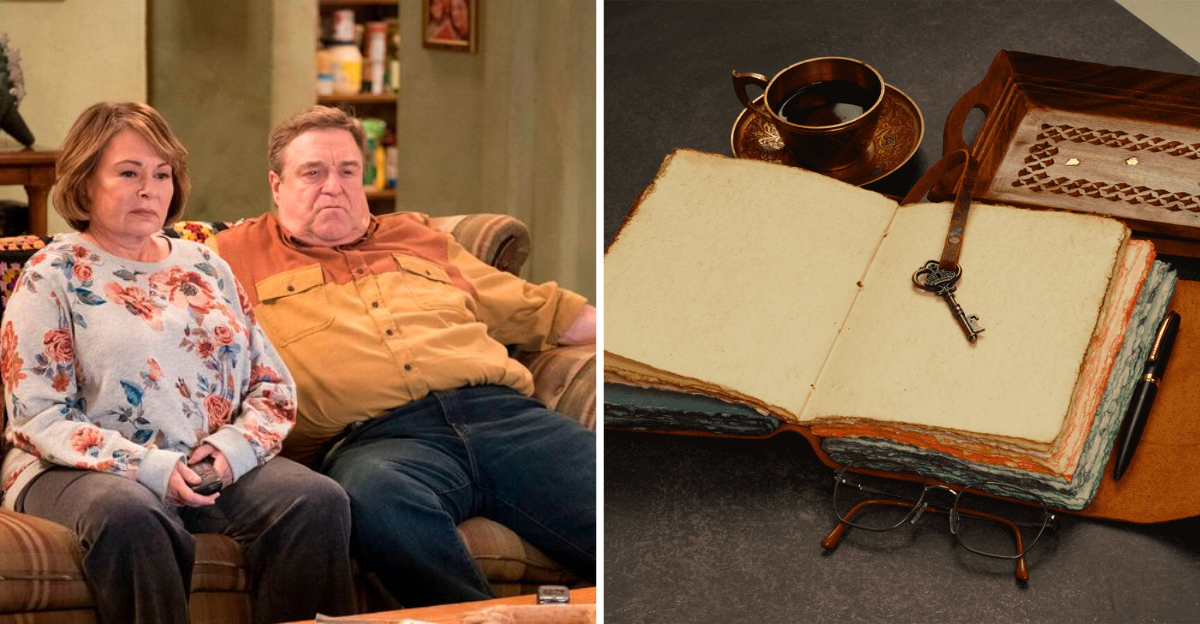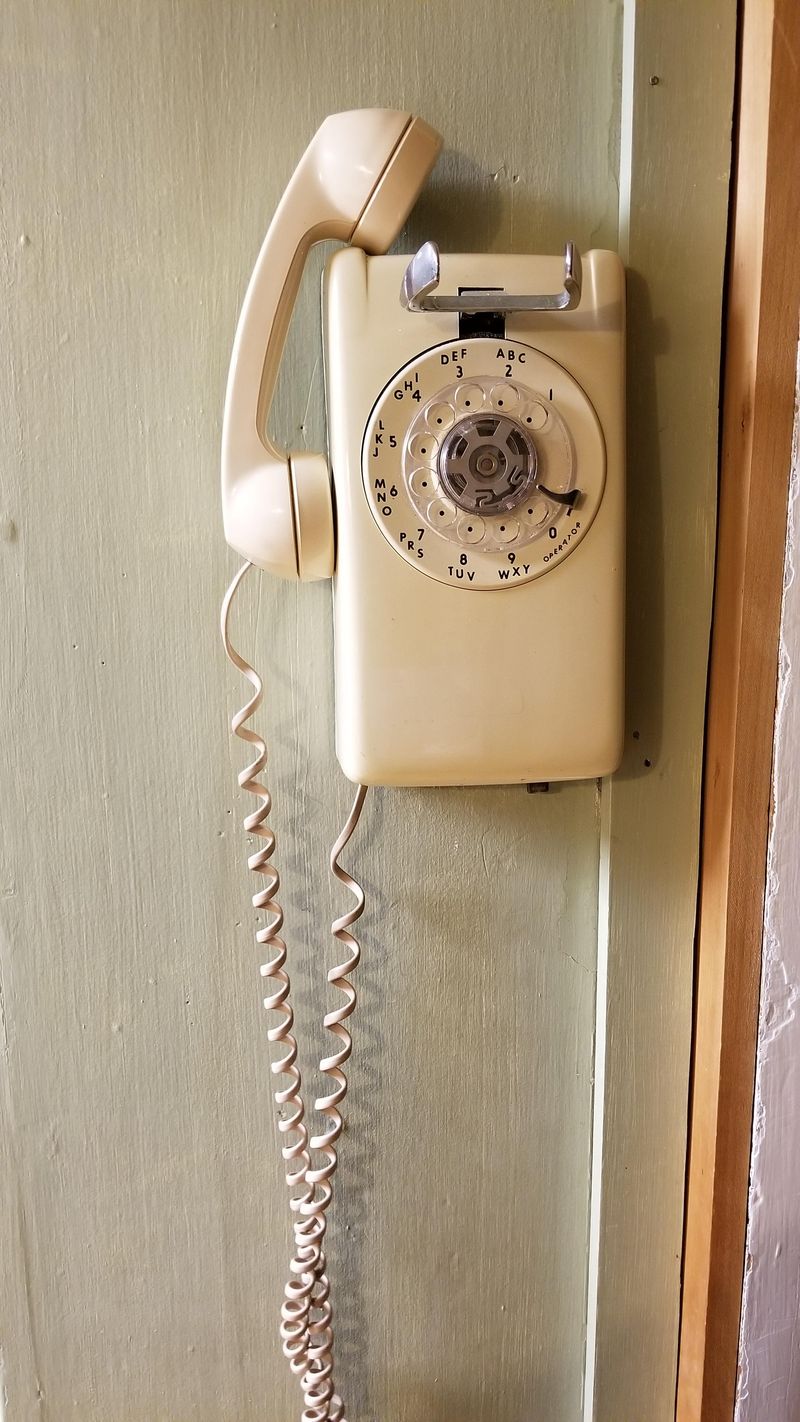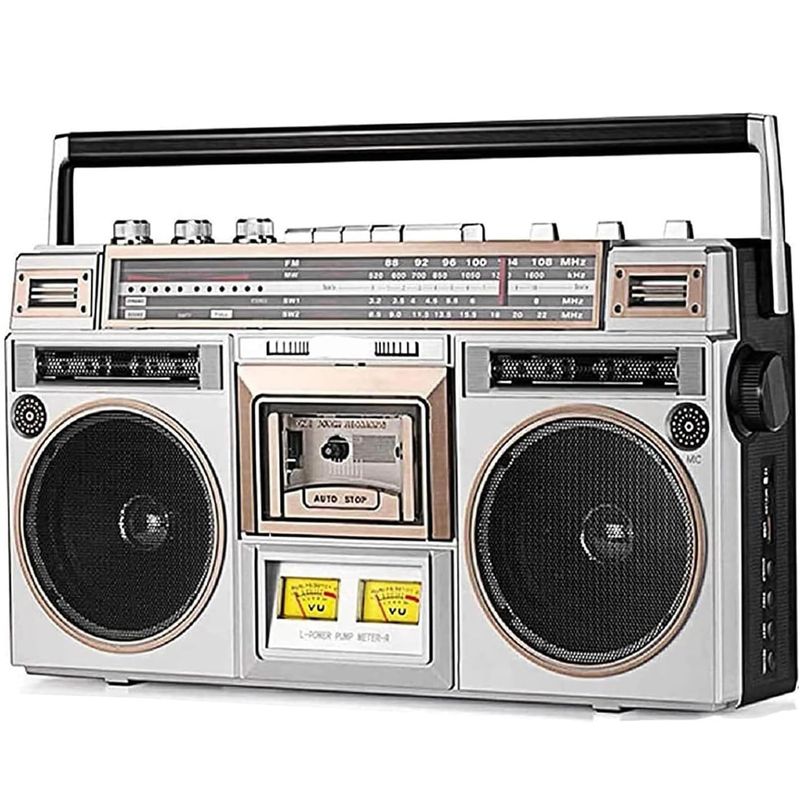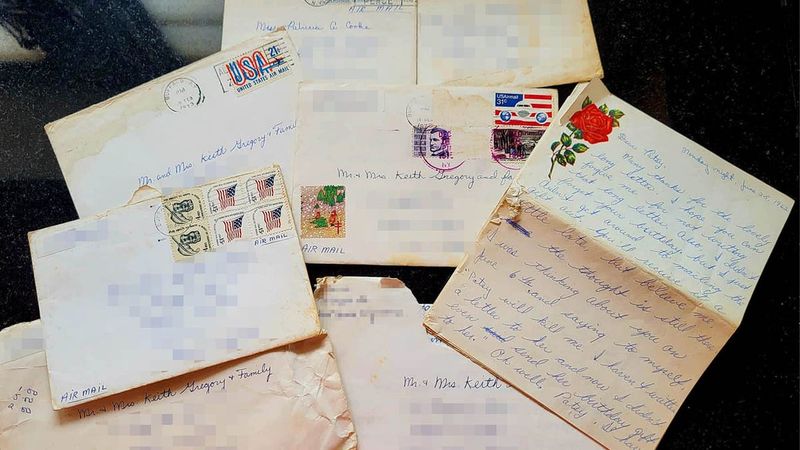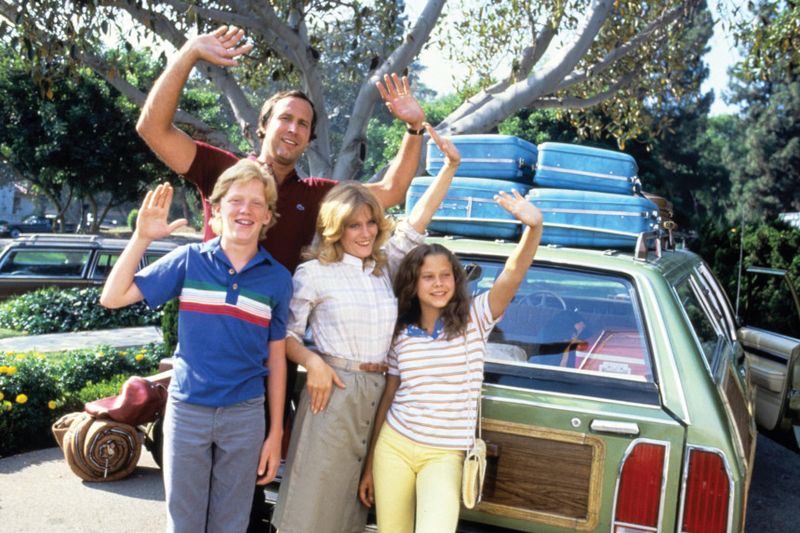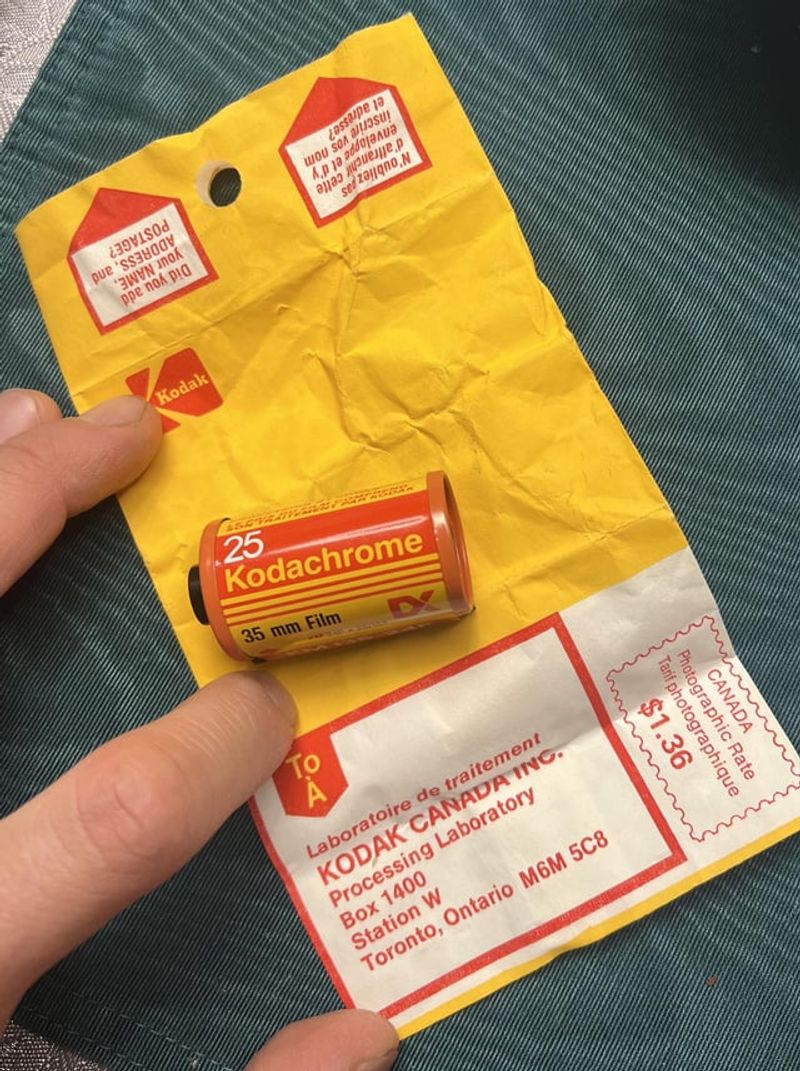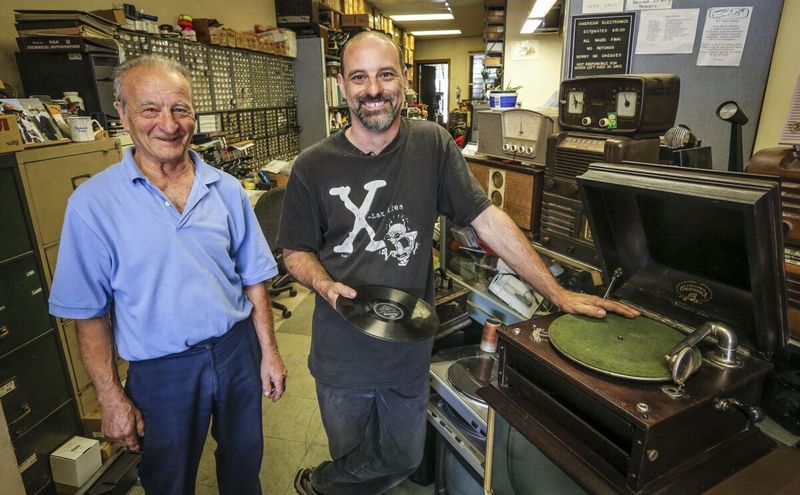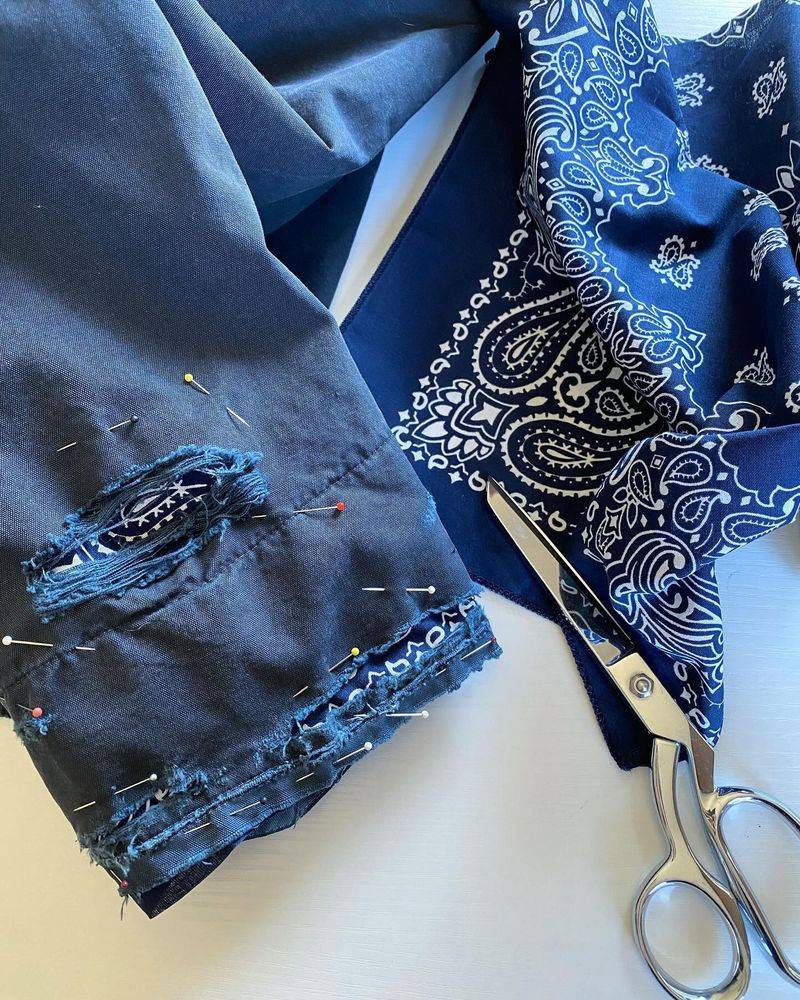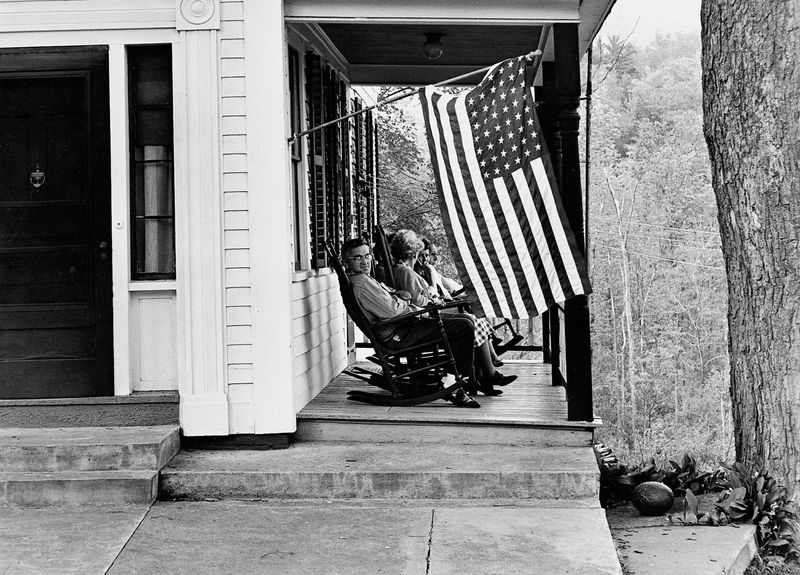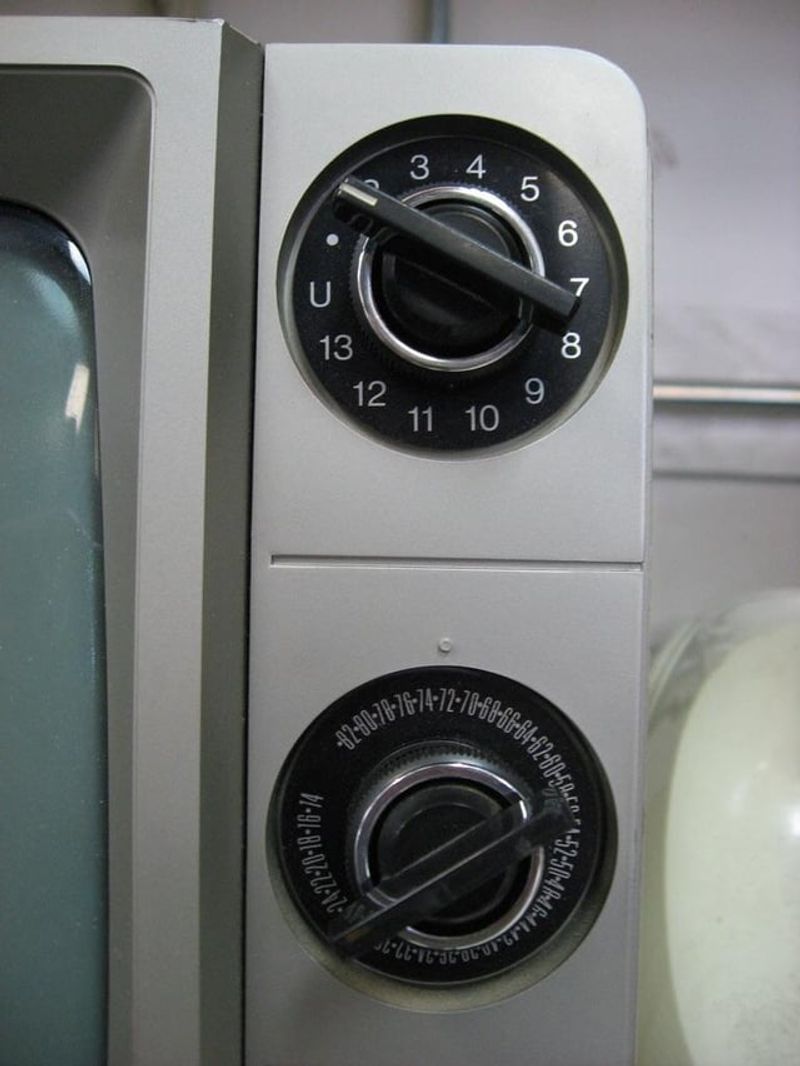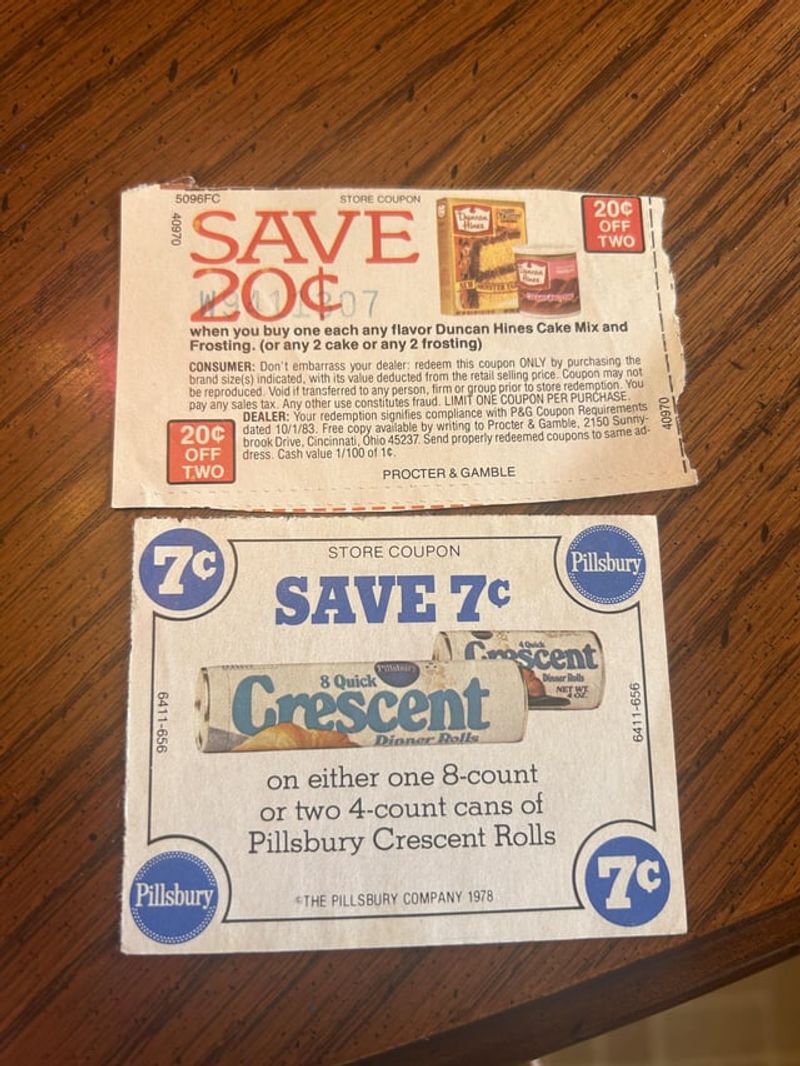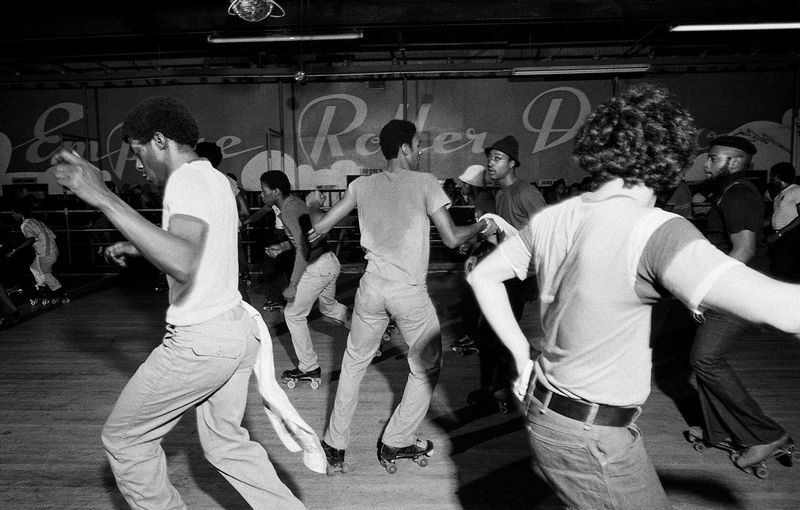Remember when life moved at a different pace? The 1970s and 1980s weren’t just about big hair and neon colors – they were filled with habits that connected us more deeply to each other and the world. As technology races forward, we’ve left behind some truly valuable practices that made life richer. Here’s a look at habits worth dusting off and bringing back into our modern lives.
1. Answering Unknown Calls
Mystery filled the air every time the phone rang. Without caller ID, each ring brought genuine suspense – was it your crush, your boss, or just a wrong number?
People actually talked on phones back then. Conversations flowed naturally, with unexpected connections forming through random calls. Family members raced to grab the receiver, sometimes wrestling for the privilege.
This habit created space for surprise and spontaneity in daily life. Though telemarketers eventually spoiled the fun, there was something thrilling about never knowing who waited on the other end of the line.
2. Radio Song Recording Sessions
Armed with blank cassettes and endless patience, we’d hover near the stereo for hours. Fingers poised over the record and play buttons, we’d wait for the DJ to announce our favorite song, ready to capture musical treasure.
The resulting tapes became personal treasures. Each recording carried bits of radio announcer voices, maybe a truncated intro, or the beginning of the next song – imperfections that made them uniquely ours.
Creating these mixtapes required genuine effort and time. The sweet victory of finally capturing that elusive hit song after days of waiting made the music infinitely more valuable than today’s instant downloads.
3. Handwritten Letter Exchanges
Blue aerogrammes and decorative stationery weren’t just paper – they were vessels of emotion. Finding a handwritten envelope among bills and flyers sparked immediate joy, a tangible connection to someone who took time to think of you.
The act of writing required consideration. You couldn’t delete mistakes or rearrange paragraphs, forcing thoughtfulness with each pen stroke. Many kept boxes of these paper treasures, revisiting them years later to rediscover moments frozen in ink.
Letters created a delicious anticipation that texts can’t replicate. The days spent waiting for a response built excitement that made the eventual arrival all the sweeter.
4. Appointment Television Viewing
Thursday nights at 8 PM meant only one thing – your favorite show was on! Families and friends gathered religiously around the glowing screen, sharing reactions in real-time without phones distracting from the experience.
Missing an episode meant truly missing out. Water cooler conversations the next day centered around plot twists and cliffhangers that everyone experienced simultaneously. The shared cultural moments created bonds between strangers who followed the same shows.
Shows like Dallas, M*A*S*H, and The Cosby Show didn’t just entertain – they united households and neighborhoods in collective entertainment rituals. The anticipation built throughout the week made each viewing feel like a special event.
5. Carefree Sunbathing Sessions
Before we understood UV damage, sunbathing was a blissfully ignorant social activity. Friends spread blankets at the beach or backyard, slathered themselves with baby oil or coconut-scented lotions, and flipped like rotisserie chickens to ensure even tans.
Magazines offered “tanning tips” rather than sunscreen advice. The smell of Coppertone and Hawaiian Tropic defined summer, with bronze skin being the ultimate seasonal trophy. Aluminum reflectors directed more sun toward eager faces.
While we’ve wisely abandoned the skin-damaging aspects, we’ve lost something in our hypervigilance about sun exposure. The carefree hours spent laughing with friends while soaking up warmth represented a simpler approach to summer leisure.
6. Lock-and-Key Diary Keeping
Small padlocked books held our deepest secrets and wildest dreams. Unlike today’s digital journaling, diaries were truly private places where thoughts flowed without fear of hacking, sharing, or algorithmic analysis.
The physical act of writing changed how we processed emotions. Pouring feelings onto paper with colorful pens created distance and perspective that screen-typing doesn’t quite match. Many included ticket stubs, dried flowers, or other mementos that transformed diaries into time capsules.
These journals became personal historical documents. Rediscovering them years later offered unfiltered glimpses into younger selves – embarrassing crushes, petty grievances, and youthful aspirations preserved in genuine, unedited handwriting.
7. Mixtape Creation Rituals
Creating the perfect mixtape was an art form requiring patience, planning, and precise timing. Hours were spent selecting songs that flowed together, crafting an emotional journey for the lucky recipient. Each cassette represented a personal statement – whether declaring love, offering comfort, or simply saying “these songs made me think of you.”
The physical limitations added creative challenge. Working within 45 minutes per side forced tough decisions about which songs made the cut. Decorating the insert card with colorful pens and tiny drawings completed the package.
Mixtapes weren’t just about music – they were intimate communication tools. The care put into their creation made them infinitely more meaningful than today’s shared playlists.
8. Line-Drying Laundry Outdoors
Clotheslines transformed mundane chores into sensory experiences. The ritual began with lugging heavy baskets outside, methodically pinning each item, then returning later to gather sun-warmed fabrics that smelled impossibly fresh.
Line-dried sheets created unmatched sleeping luxury. No manufactured fragrance has ever replicated the crisp scent of linens dried in fresh air and sunshine. Neighbors often chatted across yards while hanging clothes, turning solitary work into community connection.
This practice offered quiet mindfulness before that concept became trendy. The methodical pinning required presence, while the gentle flapping of clothes in the breeze provided a peaceful soundtrack to summer afternoons – all while saving energy and being gentler on fabrics.
9. Purposeless Sunday Drives
Gas was cheap and Sundays were for exploring. Families piled into station wagons or sedans without destinations, GPS, or entertainment beyond conversation and radio tunes. These drives weren’t about efficiency – they celebrated the journey itself.
Parents pointed out landmarks while kids played license plate games in the backseat. Unplanned stops at roadside attractions, ice cream stands, or scenic overlooks added spontaneous joy to these wandering adventures. Arguments about directions and wrong turns became part of family lore.
These drives created shared experiences without screens or distractions. The simple pleasure of discovering new roads or neighborhoods together fostered connection through shared discovery – all without itineraries, reservations, or productivity goals.
10. Film Development Anticipation
Remember the thrill of dropping off film rolls at the photo counter? The week-long wait to see which shots succeeded created a delicious anticipation that digital photography has eliminated.
Opening those paper envelopes revealed surprises – accidental double exposures, someone’s finger over the lens, or unexpectedly perfect candid moments. Each 24-exposure roll represented careful choices about what deserved documentation, making photos more intentional and precious.
The financial investment in film and developing meant people actually organized photos into albums rather than letting them languish on hard drives. Physical photographs became conversation starters on coffee tables and walls, not just forgotten files in cloud storage.
11. Repairing Instead of Replacing
Appliance repair shops once existed on every main street because fixing things was normal, not exceptional. When toasters, TVs, or vacuum cleaners malfunctioned, people naturally sought repairs rather than replacements.
Manufacturers designed products for longevity and serviceability. Instruction manuals included troubleshooting guides and repair diagrams, assuming users might actually fix minor issues themselves. Children watched parents disassemble malfunctioning devices, learning valuable problem-solving skills.
This repair culture created deeper connections with possessions. Items accumulated histories and stories through their repairs, becoming almost like family members rather than disposable conveniences. The satisfaction of successfully fixing something provided confidence and self-sufficiency that unboxing new replacements simply cannot match.
12. Basic Clothing Maintenance
Sewing kits lived in nearly every household drawer. When buttons popped off or seams split, immediate repair was the obvious response – not shopping for replacements. Children learned basic stitches in home economics classes, regardless of gender.
Clothing lasted longer through these small interventions. People developed relationships with favorite garments that survived multiple repairs, gaining character with each fix. Patches weren’t just functional – they became fashion statements and badges of adventure.
The mindful moments spent threading needles and securing buttons provided unexpected meditation. These small acts of clothing care represented a deeper value system that prioritized resourcefulness over convenience and connection over consumption.
13. Mental Phone Number Storage
Our brains once stored dozens of important phone numbers – a mental Rolodex of connections. Without smartphones to remember for us, we committed friends’ seven-digit codes to memory through sheer repetition and necessity.
This practice exercised our recall abilities daily. Dialing familiar patterns on rotary or push-button phones created muscle memory that reinforced mental connections. Emergency numbers, best friends’ lines, and grandparents’ homes lived permanently in our neural pathways.
Beyond practical benefits, this habit symbolized which relationships we valued most. The numbers we could recite without hesitation revealed our priorities and connections. Today’s contact lists store hundreds of numbers we never truly learn, making each connection somehow less personally significant.
14. Impromptu Neighbor Visits
Doorbells once rang without warning or text message preamble. Neighbors simply appeared on porches with coffee, baked goods, or just themselves, creating spontaneous social moments that punctuated daily routines.
These visits fostered genuine community awareness. People knew who was struggling with illness, celebrating milestones, or needed extra support because they regularly entered each other’s homes. Children played while adults caught up on neighborhood news, creating multi-generational connections.
The unscheduled nature made these interactions authentic. Without time to prepare perfect homes or rehearse conversations, people presented their real selves rather than curated versions. This vulnerability created deeper connections than today’s carefully planned and photographed social gatherings.
15. Manual Channel-Changing Exercise
Television watching once required physical commitment! Before remote controls became standard, changing channels meant leaving the couch, walking to the set, and manually turning the dial through each channel between your current position and desired destination.
This small barrier made viewing decisions more intentional. People didn’t mindlessly flip channels – they chose programs worth the effort of getting up. Family negotiations about what to watch took on greater importance when channel changes required volunteer effort.
The physical movement provided natural breaks in sedentary time. While no one would classify it as meaningful exercise, these regular interruptions to sitting time created natural movement patterns throughout evening leisure hours that have disappeared in our remote-controlled world.
16. Sunday Coupon Clipping Rituals
Sunday mornings meant spreading newspaper circulars across kitchen tables. Armed with scissors and organization systems, people methodically harvested savings from colorful pages, creating personal shopping strategies based on available deals.
This practice required planning and mathematical thinking. Shoppers calculated potential savings, mapped store locations for efficient routes, and developed systems to remember which coupons expired when. Children often joined in, learning early lessons about budgeting and value assessment.
Beyond financial benefits, coupon clipping created satisfying routines. The tactile experience of cutting precisely along dotted lines, organizing by category, and later presenting these paper treasures at checkout provided concrete evidence of smart shopping that digital equivalents can’t quite match.
17. Pre-Google Knowledge Debates
Friendly arguments once continued for hours without resolution. Who starred in that movie? When did that historical event happen? These questions sparked lively debates rather than five-second Google searches.
People relied on accumulated knowledge and reasoning skills. Encyclopedia sets occupied places of honor in living rooms, ready for consultation during particularly heated disagreements. Calling knowledgeable friends or family members as “expert witnesses” extended these intellectual exchanges into social connections.
These unresolved questions created ongoing conversations. A fact disputed on Tuesday might be triumphantly settled days later when someone found confirming evidence in a library book or newspaper. Memory and knowledge were personal resources to be developed rather than outsourced to search engines.
18. Board Game Gathering Traditions
Rainy afternoons and weekend evenings naturally led to board games emerging from closets. Without digital entertainment competing for attention, these cardboard battlefields became centers of family engagement and friendly competition.
Game nights taught valuable social skills through play. Children learned to lose gracefully, adults permitted themselves childlike competitive spirit, and everyone practiced taking turns and following rules. The physical presence of other players – their reactions, strategies, and tells – created rich social experiences.
The shared experience of moving physical pieces across boards created lasting memories. Many families developed house rules, inside jokes, and legendary game sessions that became part of family mythology, binding generations through shared traditions of play.
19. Unselfconscious Dancing Freedom
Dance floors once filled with people moving for joy rather than documentation. Without phones recording every move, dancers expressed themselves freely – sometimes awkwardly, always authentically – focusing entirely on music and movement rather than appearance.
Roller rinks and school gymnasiums transformed into magical spaces where inhibitions melted away. Popular line dances created instant community as strangers synchronized movements without self-consciousness. Living rooms became private dance studios where people practiced moves while watching Soul Train or American Bandstand.
This uninhibited expression provided genuine emotional release. Dancing without fear of permanent documentation allowed people to fully inhabit their bodies and the musical moment. The freedom to look silly, try new moves, and simply experience music physically has been diminished by our camera-ready culture.
